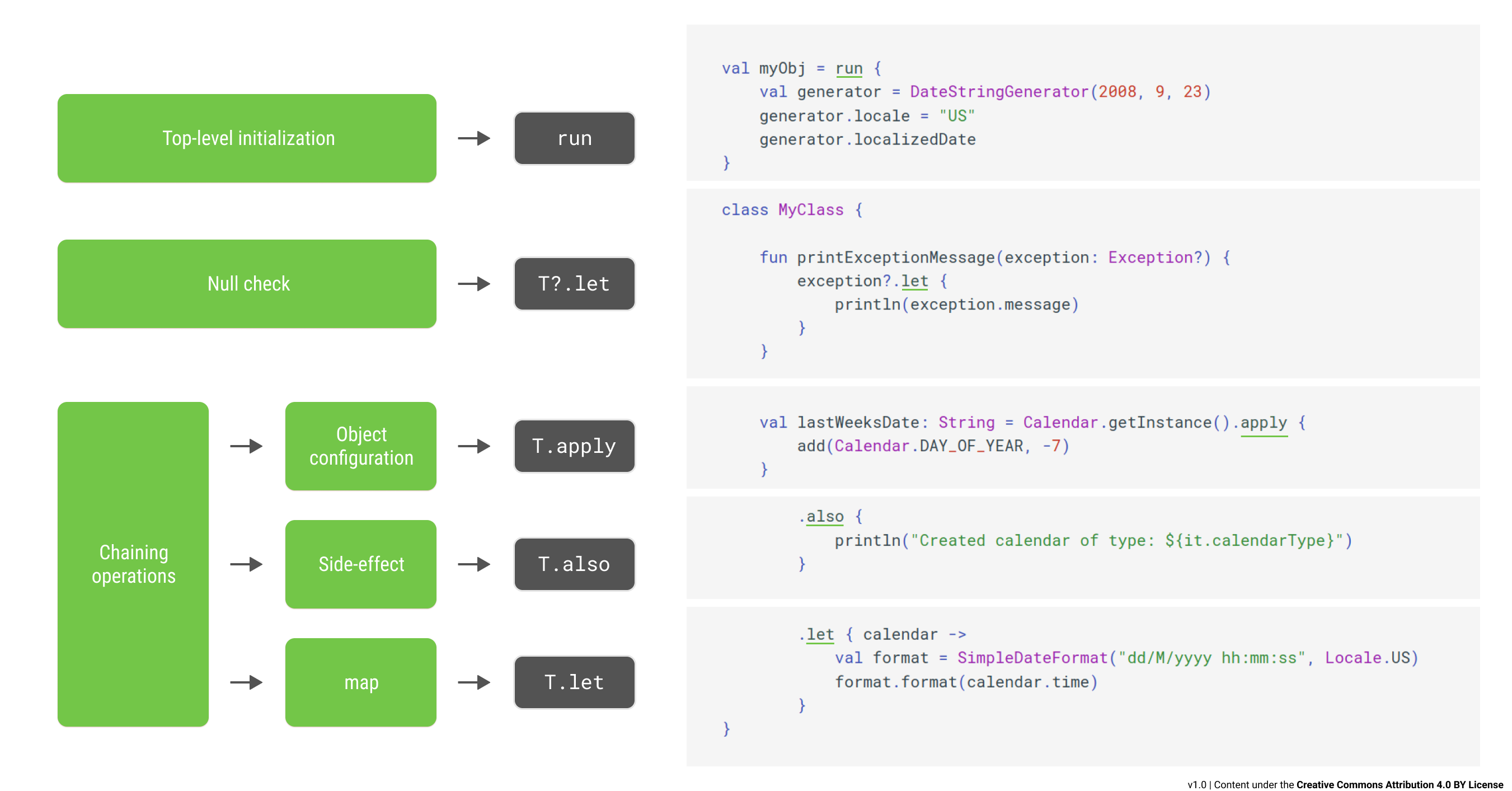

The diagram below fully details this strategy: Git and CI/CD Strategy. The production.yml file is set up to trigger a CI/CD pipeline for the production environment on Heroku when we pull the latest changes from the develop branch, merge develop into main, and finally push those changes to the remote main branch. The development file is set up to trigger the CI/CD pipeline and deploy our changes to the Heroku development environment when we successfully merge a pull request into the develop branch.

We’ll also have two CI/CD yml files for configuration, development and production. Then, we’ll create a pull request against the develop branch on GitHub.

We’ll also make a new feature branch from the develop branch, where we’ll develop a new feature and push those changes to its own feature. We’ll have one GitHub repository with two branches, main and develop. Let’s set up the CI/CD strategy for our example application. The sample diagram below fully details the CI/CD process: CI/CD. In the continuous deployment stage, changes to the application are deployed to production by merging to a specific branch, like main. Continuous deliveryĬontinuous delivery comes next, ensuring that the new changes are well-tested, free of bugs, and ready to be deployed to the production environment. Continuous integrationĬontinuous integration is an automation process for engineers and developers that allows us to test new features in our code, making sure they work as expected. Let’s get started! CI/CD Pipeline using Github Actions and Heroku.ĬI/CD Pipeline using Github Actions and HerokuĬI/CD has three important terminologies that we need to understand before jumping into the code. You can access the repository for this project on my GitHub profile. In this tutorial, we’ll use the following tools: Git, GitHub, GitHub Actions, Heroku, React, Draw.io, and Swimlanes.io. There are several tools available to set up CI/CD pipelines, however, in this article, we’ll set up GitHub Actions with Heroku as our cloud hosting service and GitHub to host our repository.

CI/CD automates the delivery of our products and features, making it faster and helping us maintain high quality. In this article, we’ll explore continuous integration and continuous delivery or deployment. Integration and delivery used to be a manual process, but automation makes it much faster and more reliable. The technology industry innovates quickly, requiring developers to deliver products and services at a rapid speed while still prioritizing high quality. CI/CD pipelines using React, GitHub Actions, and Heroku Zafar Saleem Follow I've worked as a developer on projects spanning from small-scale websites to large-scale applications both in small and large companies.


 0 kommentar(er)
0 kommentar(er)
